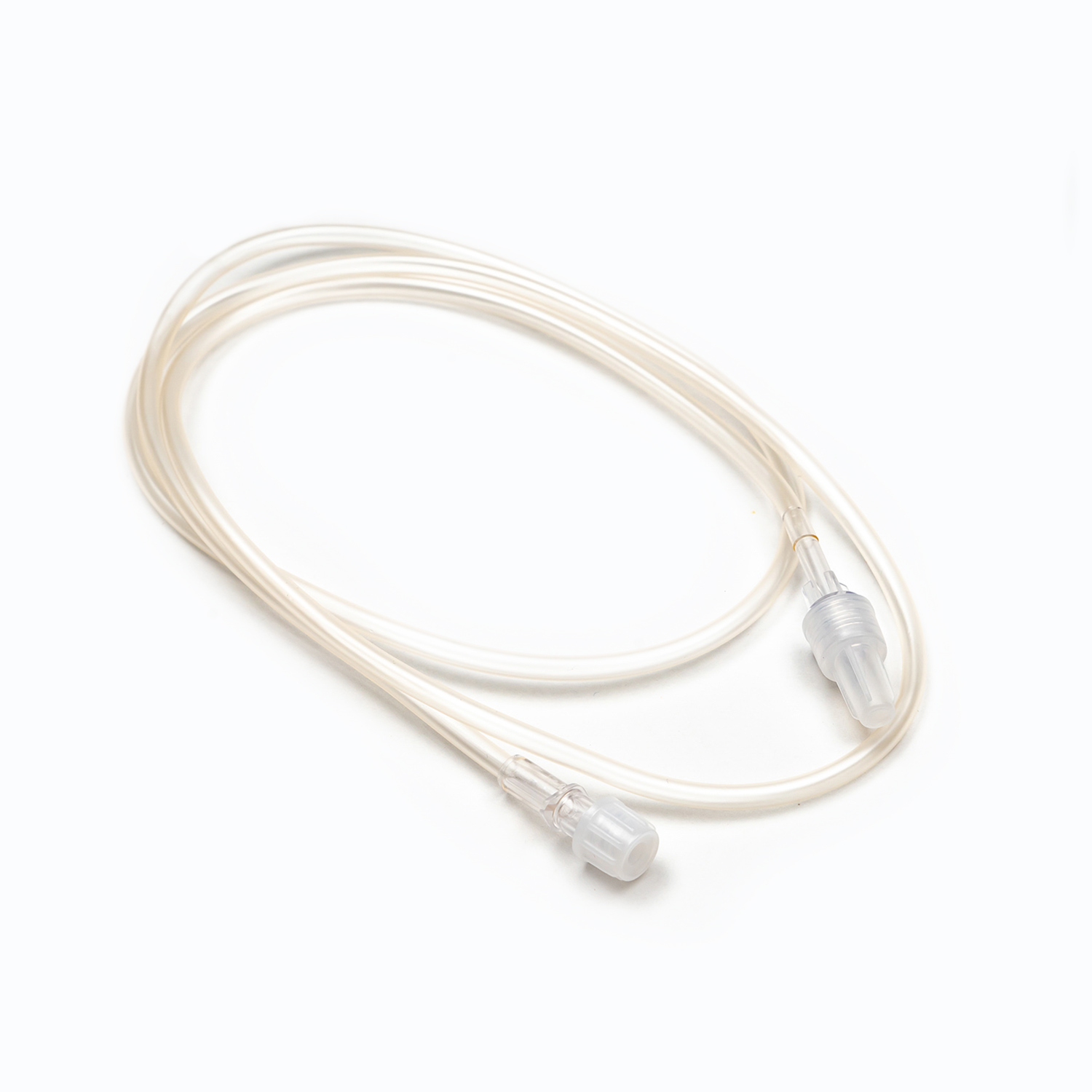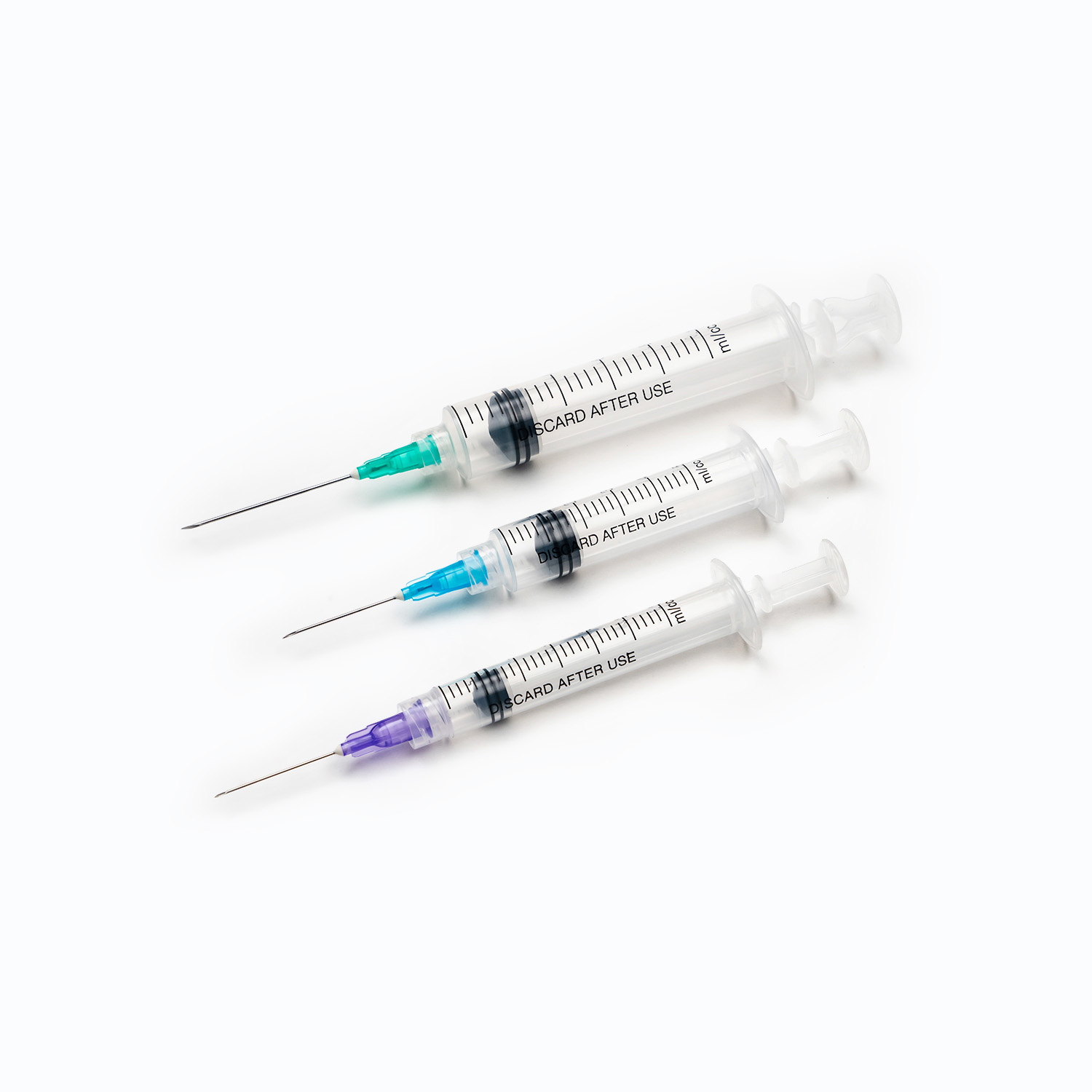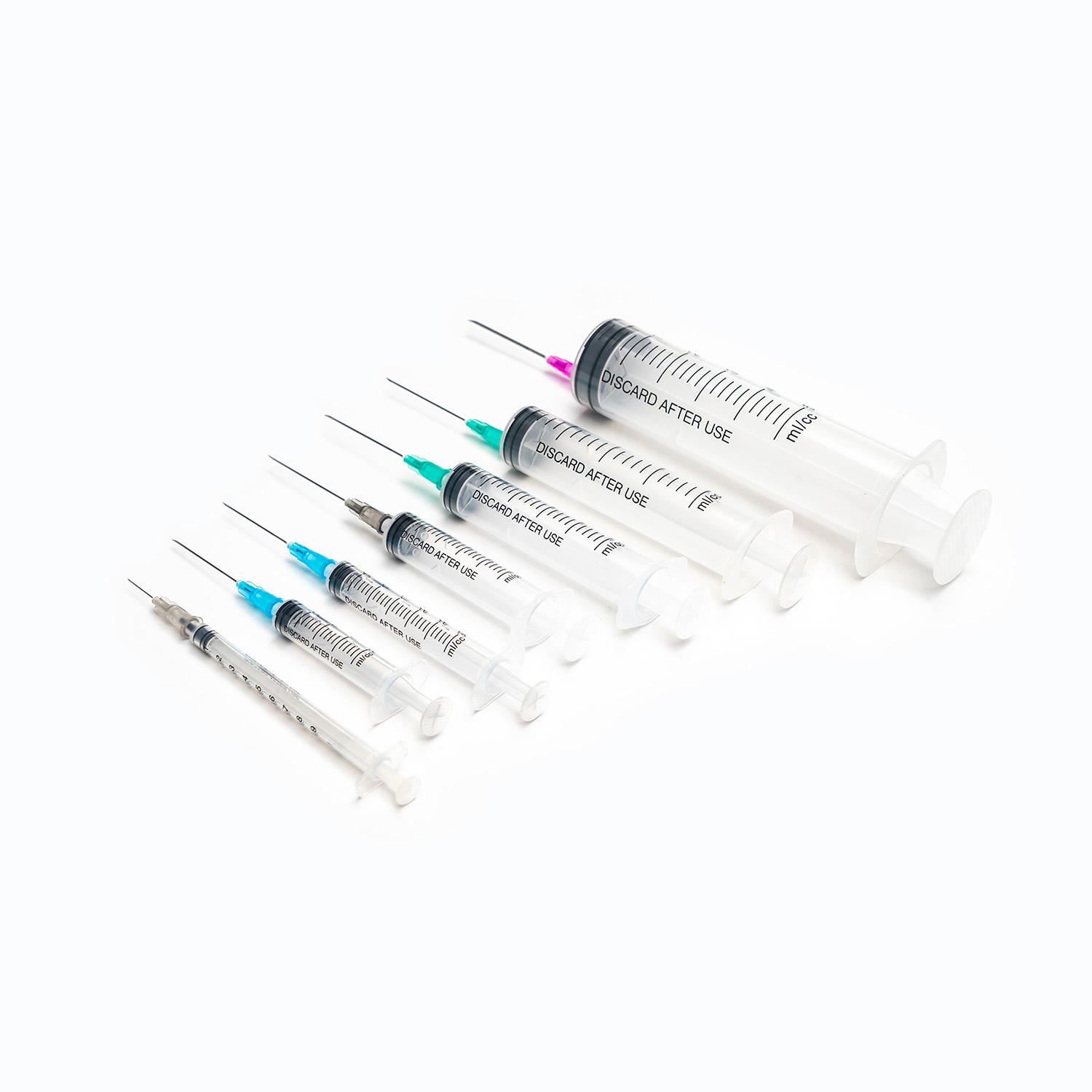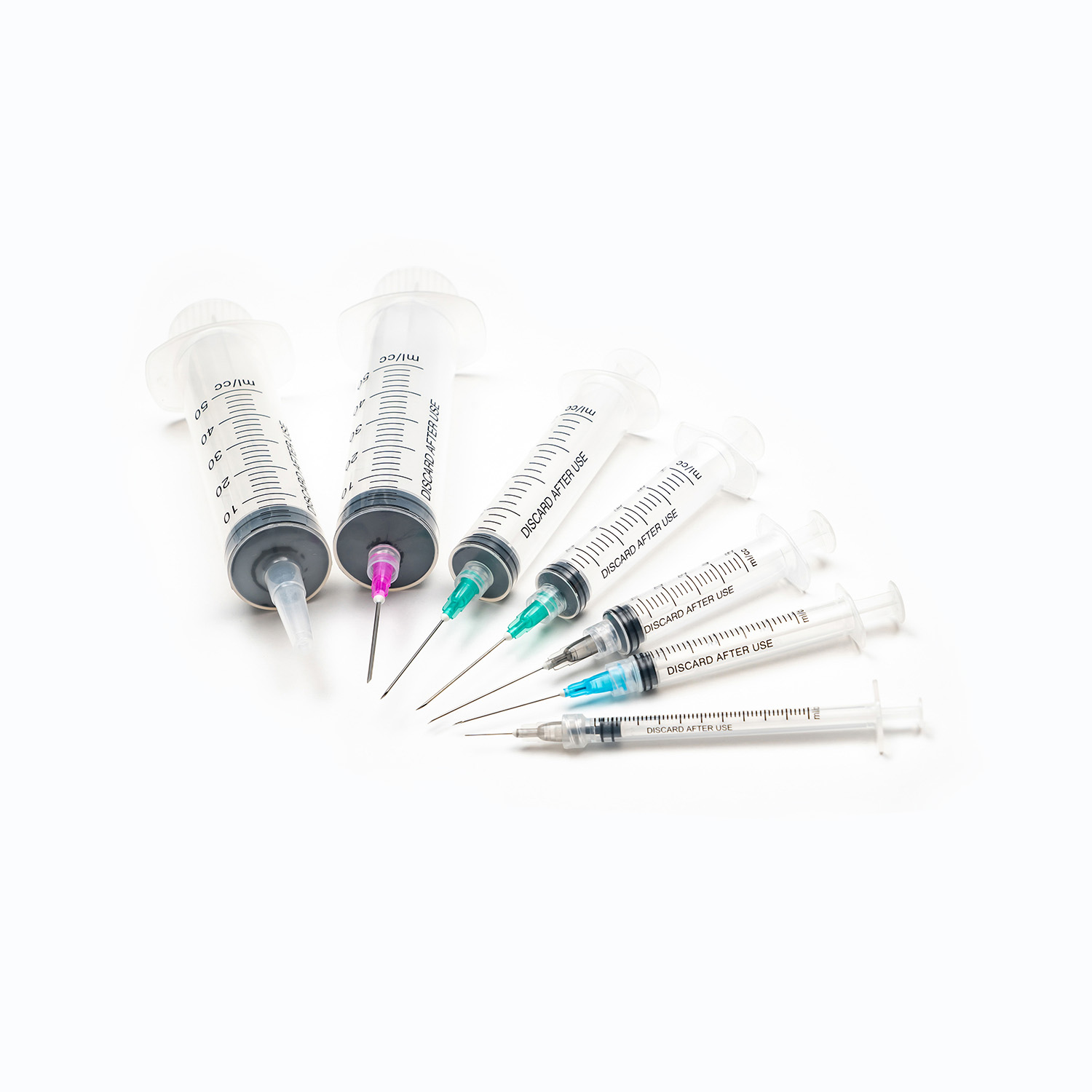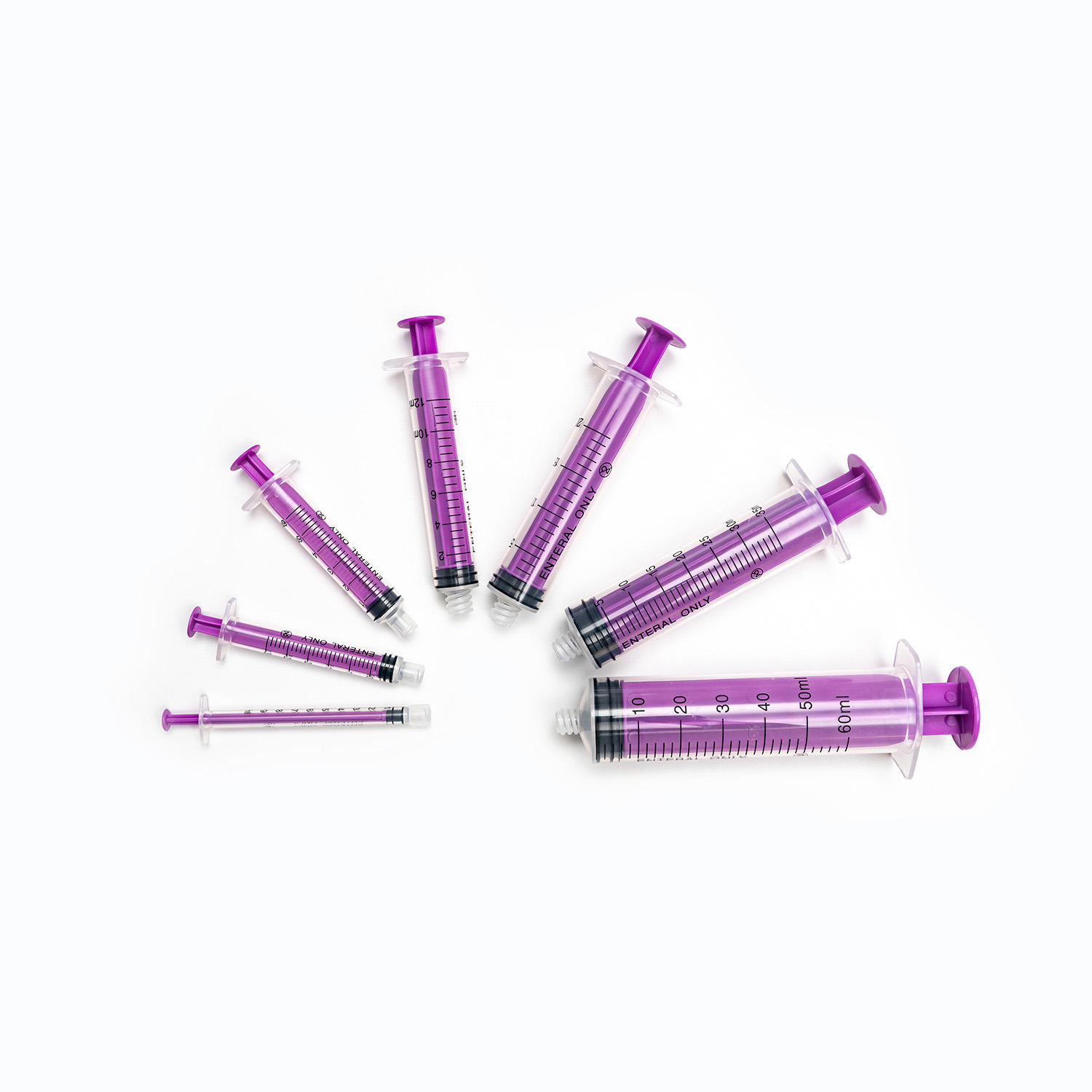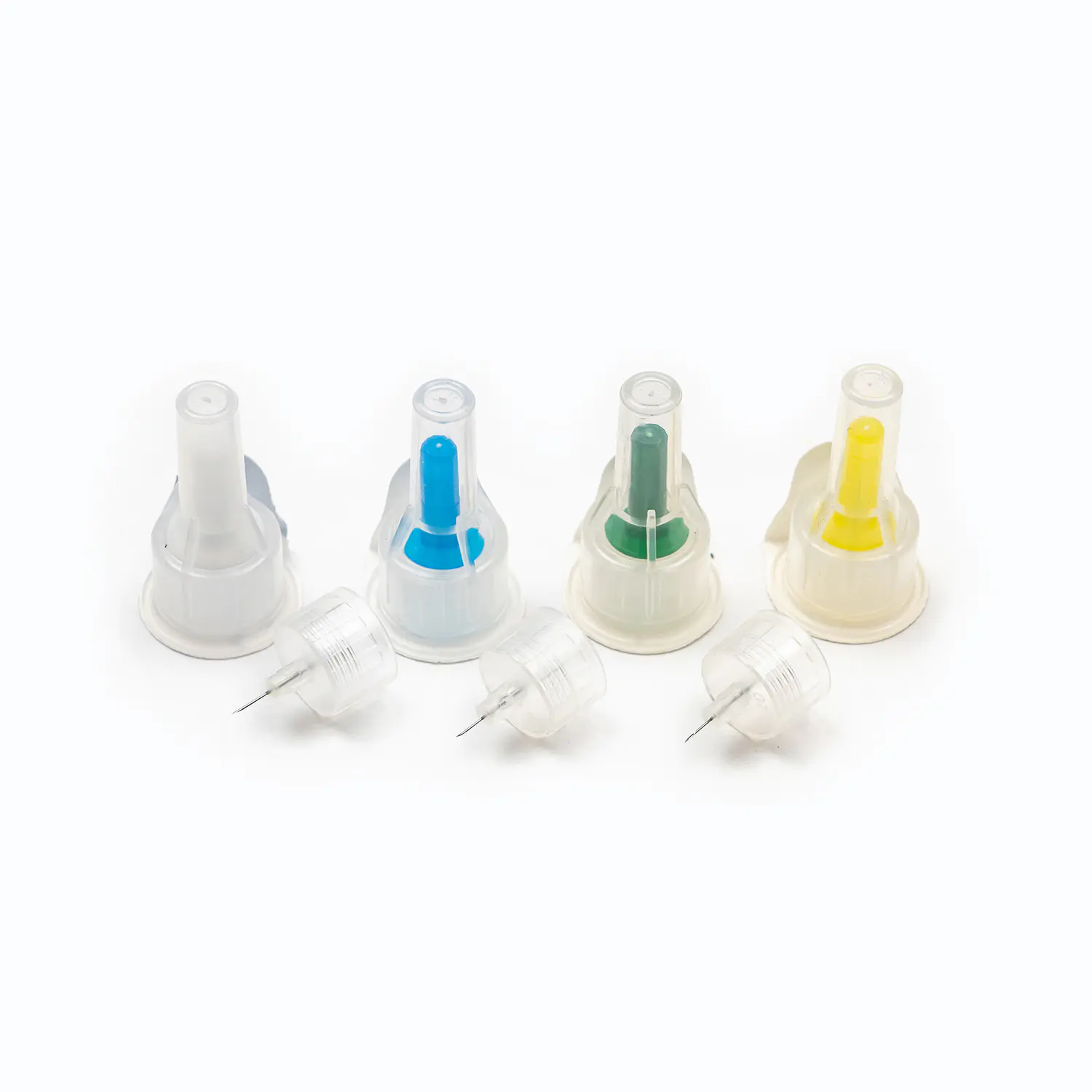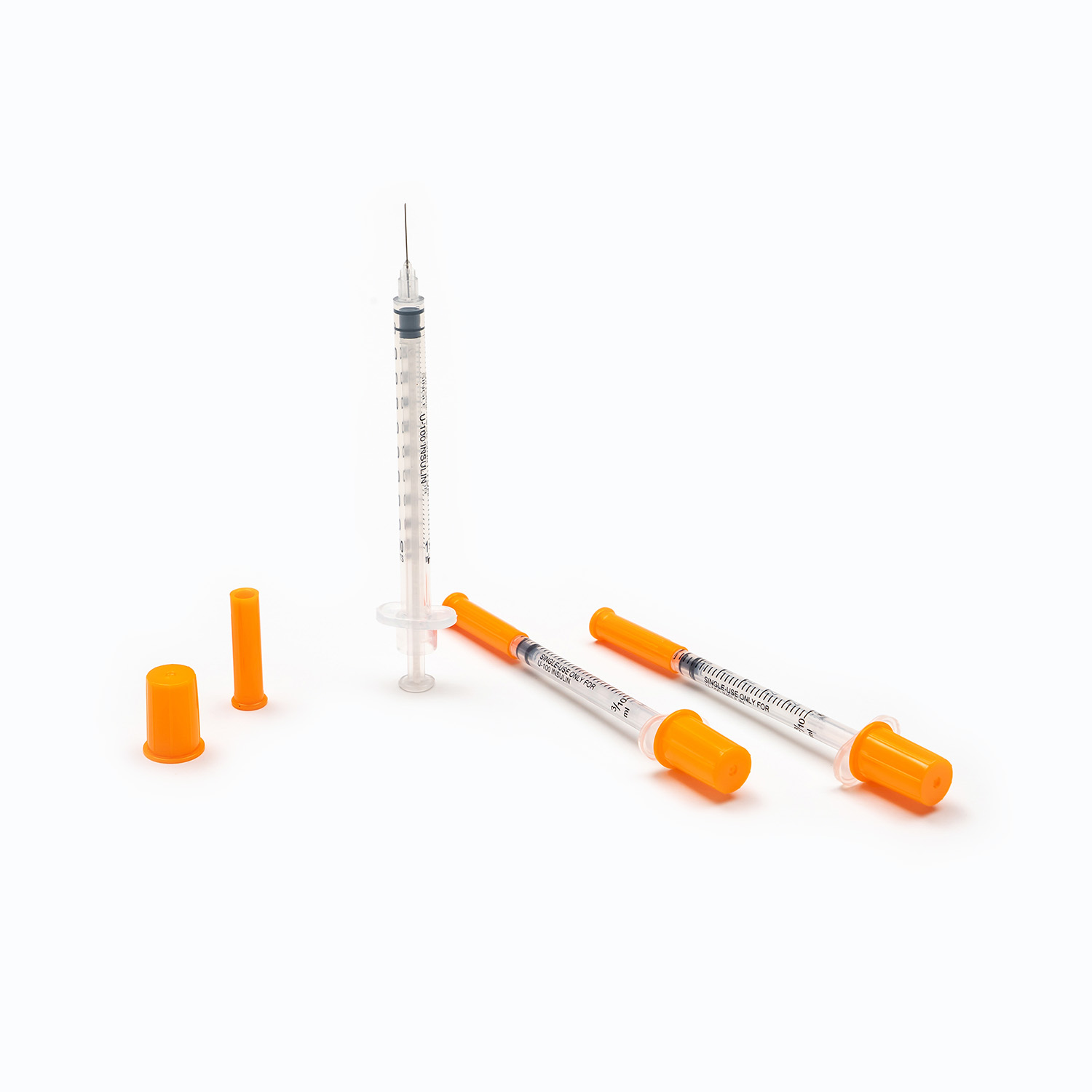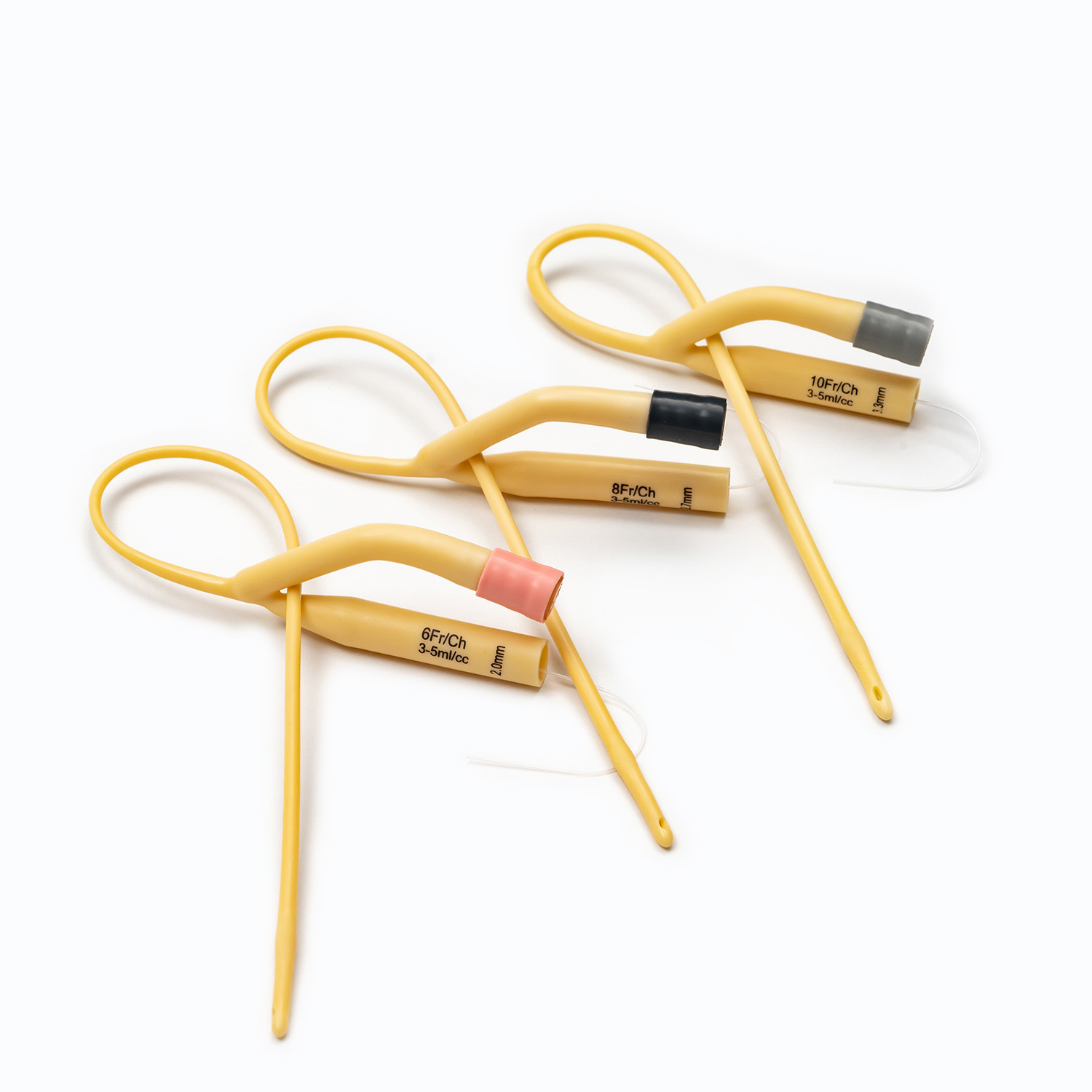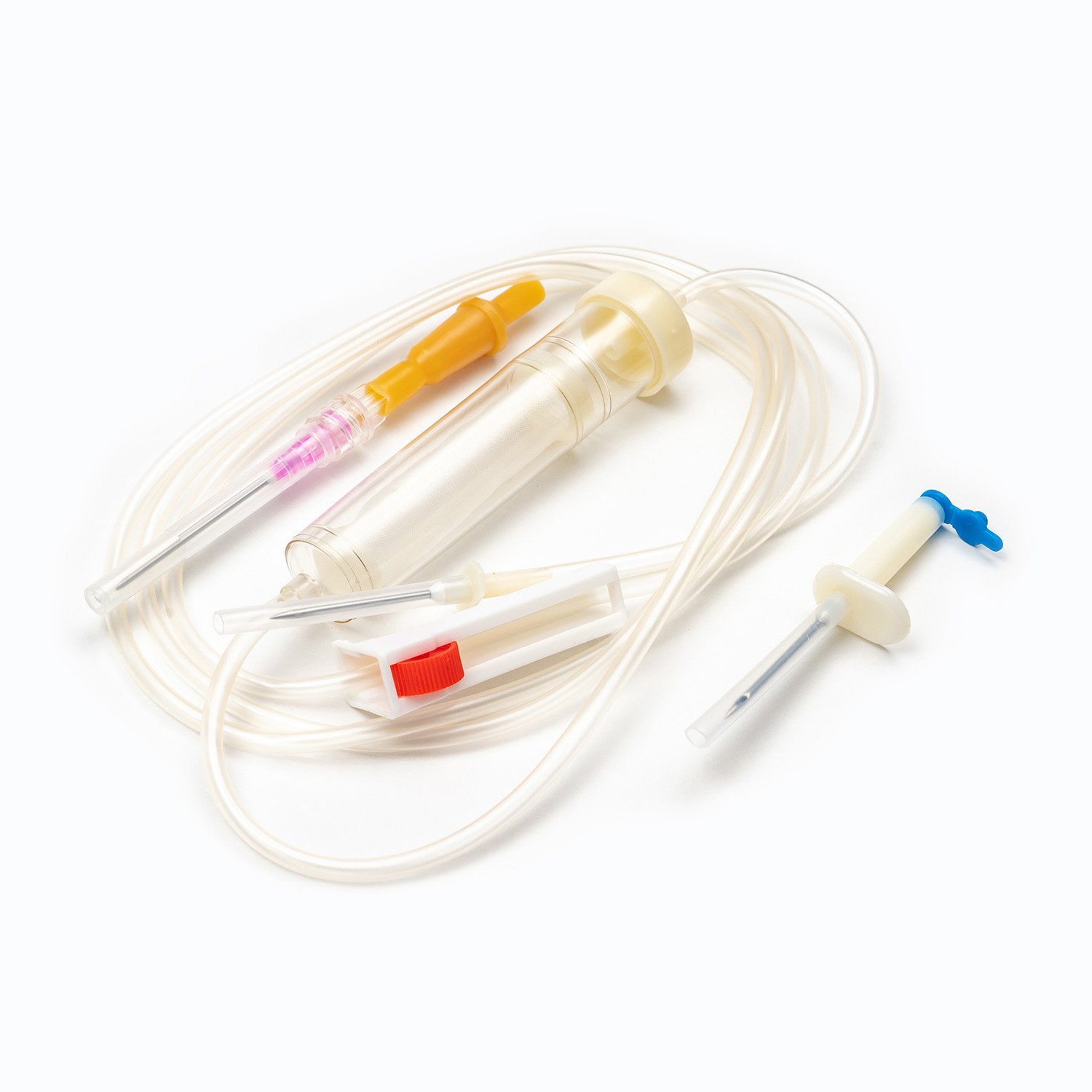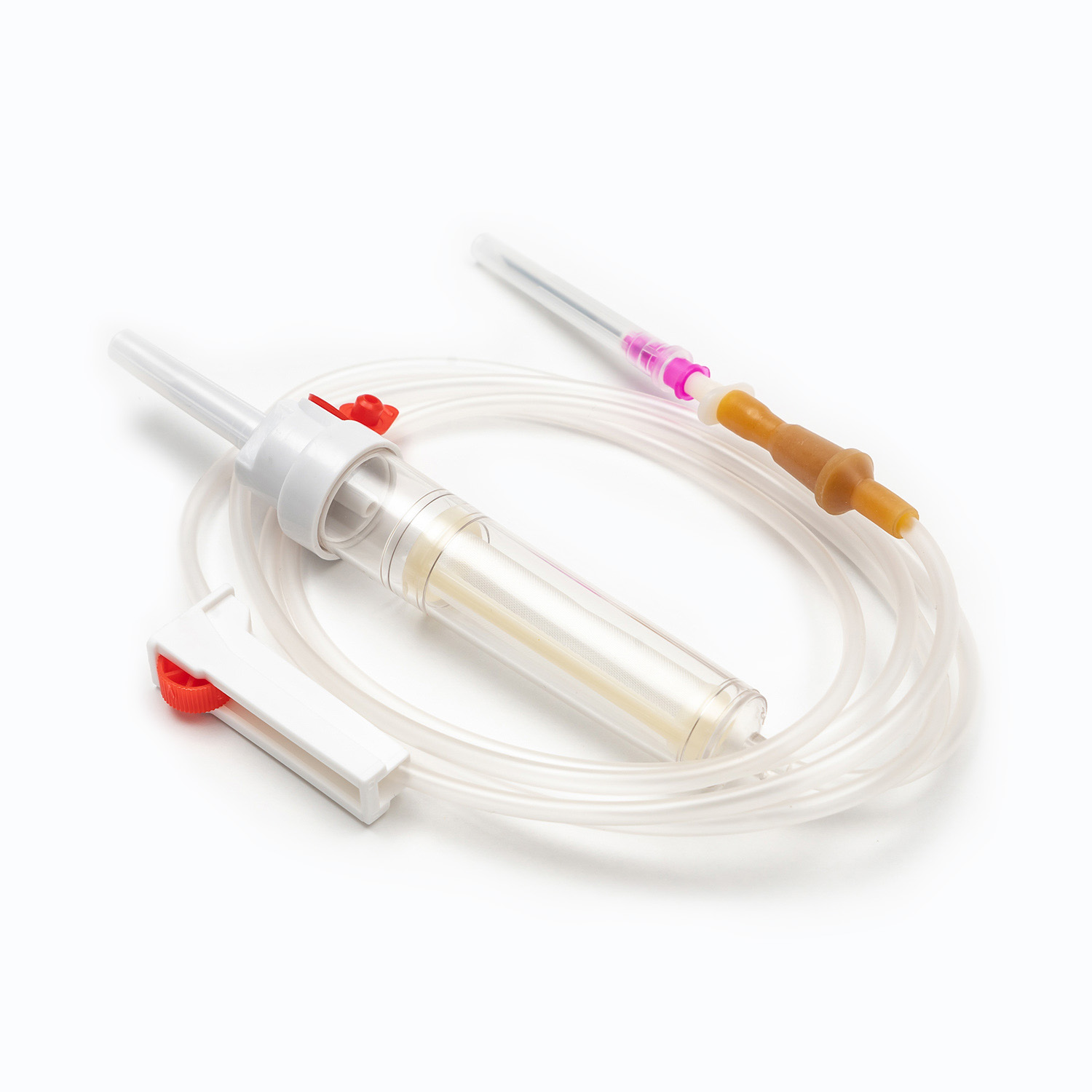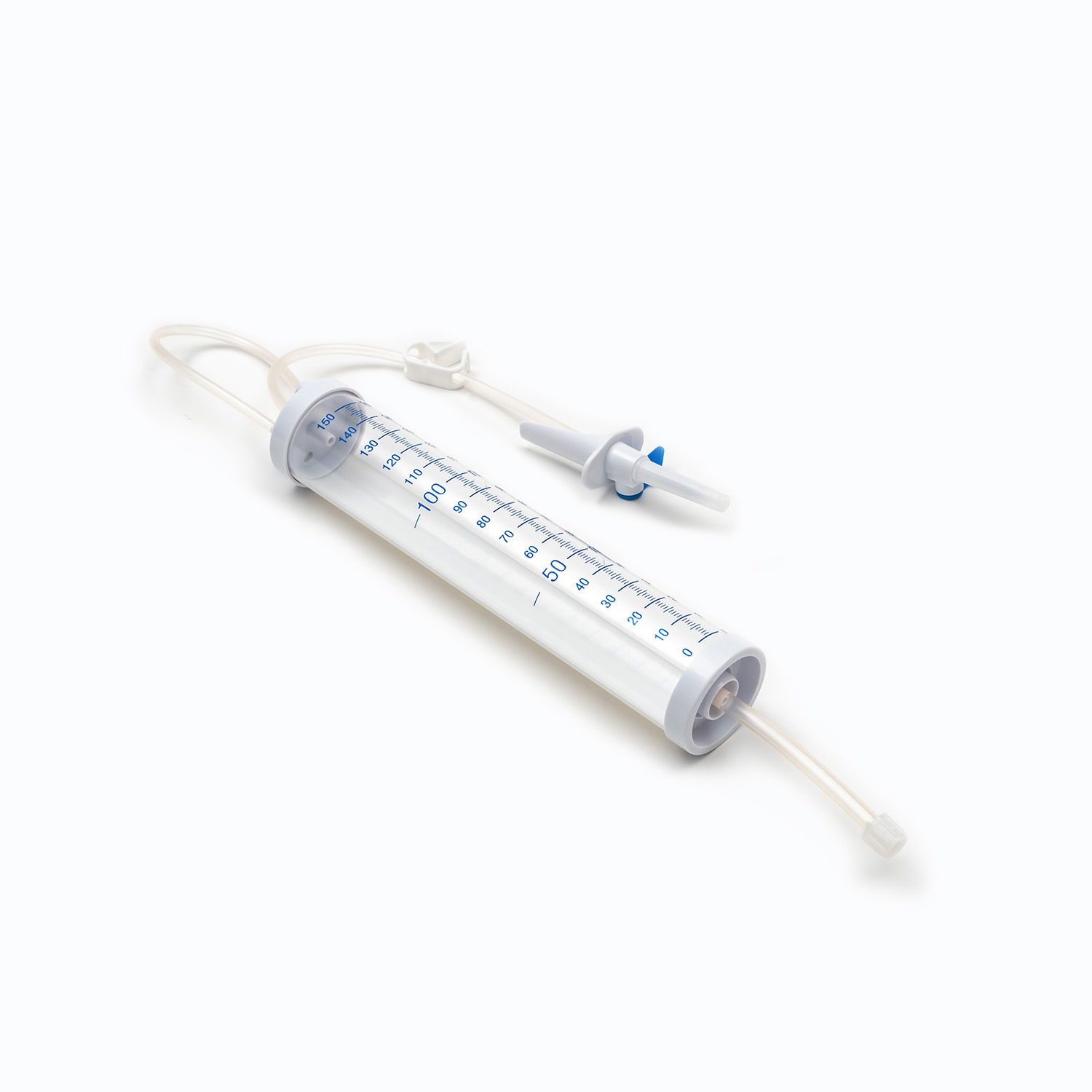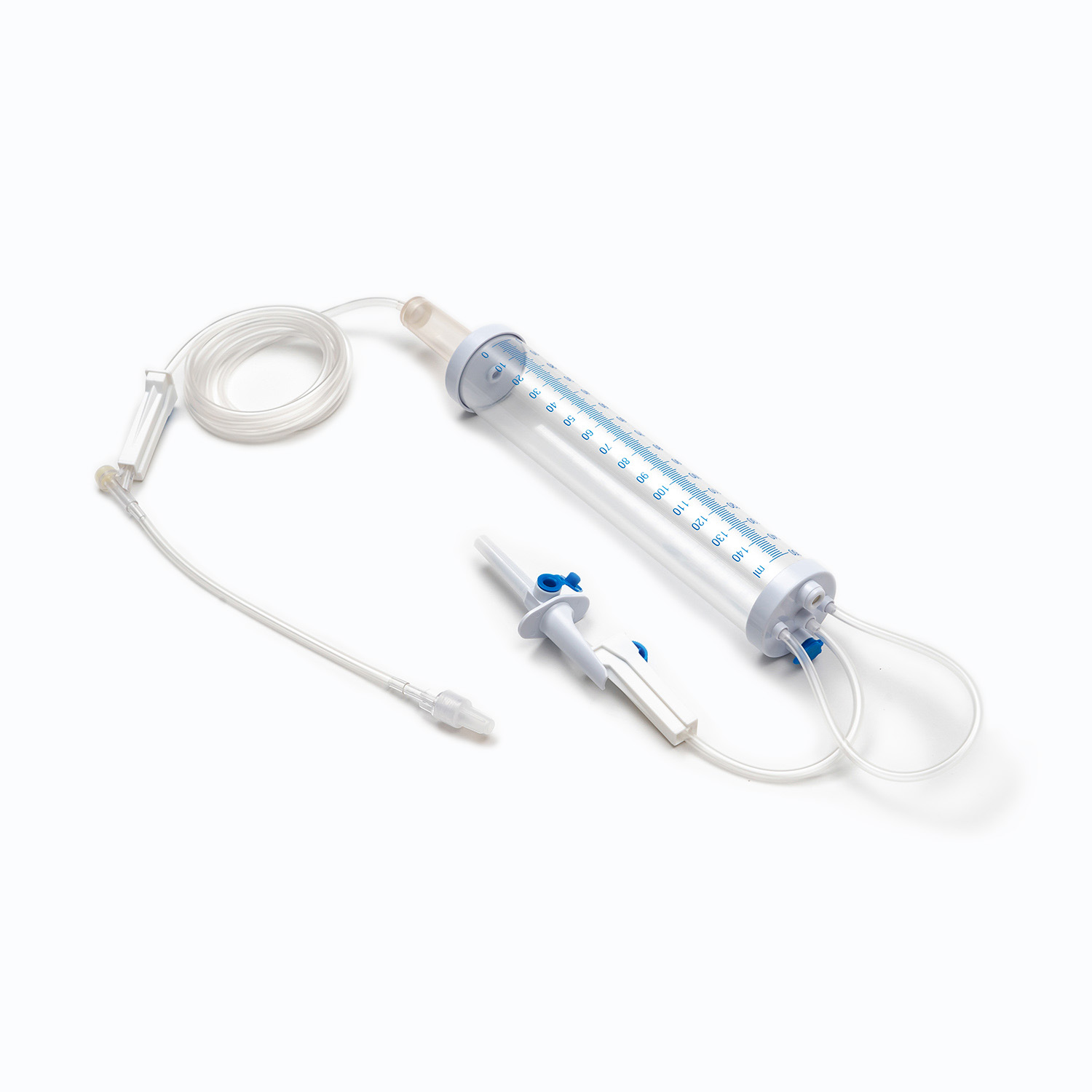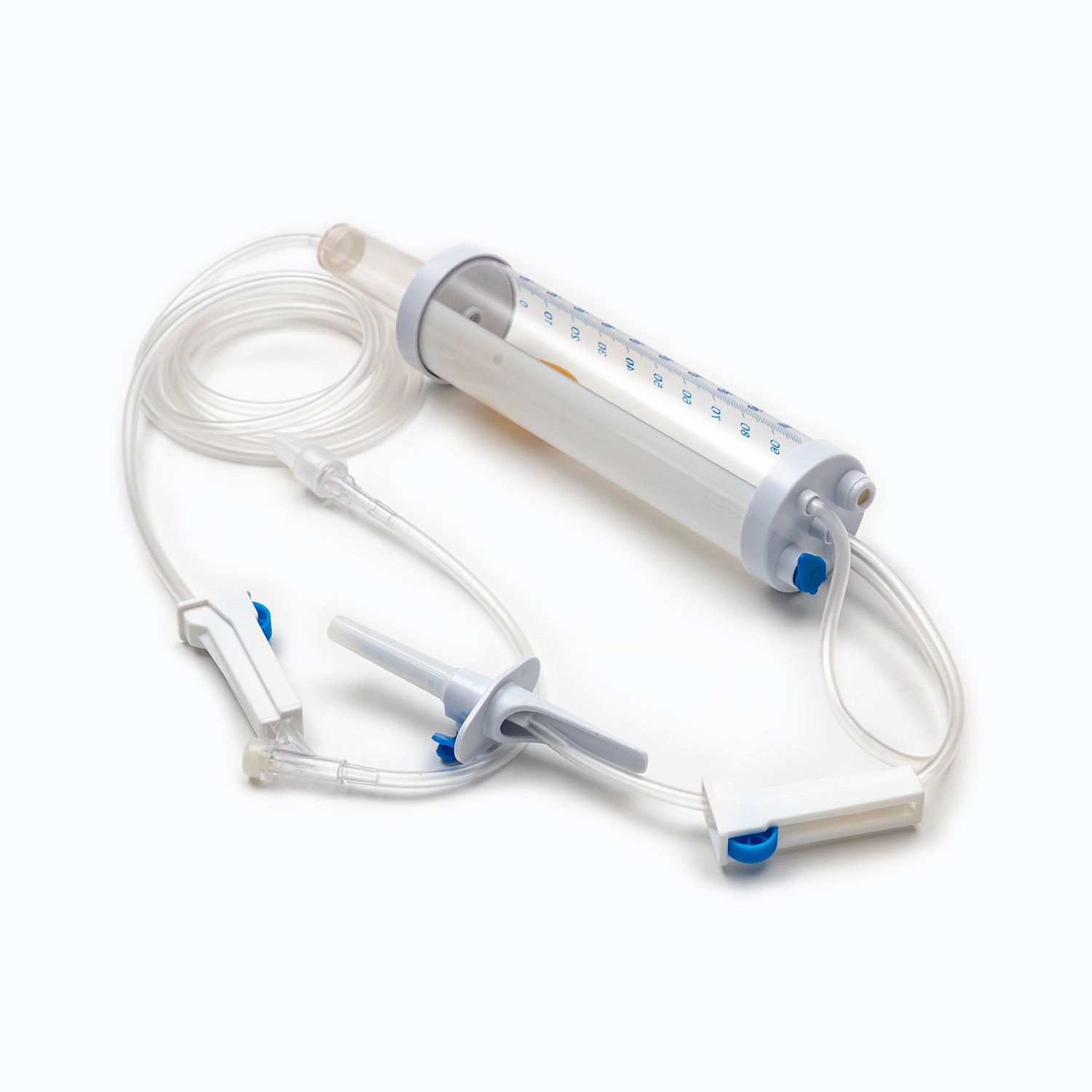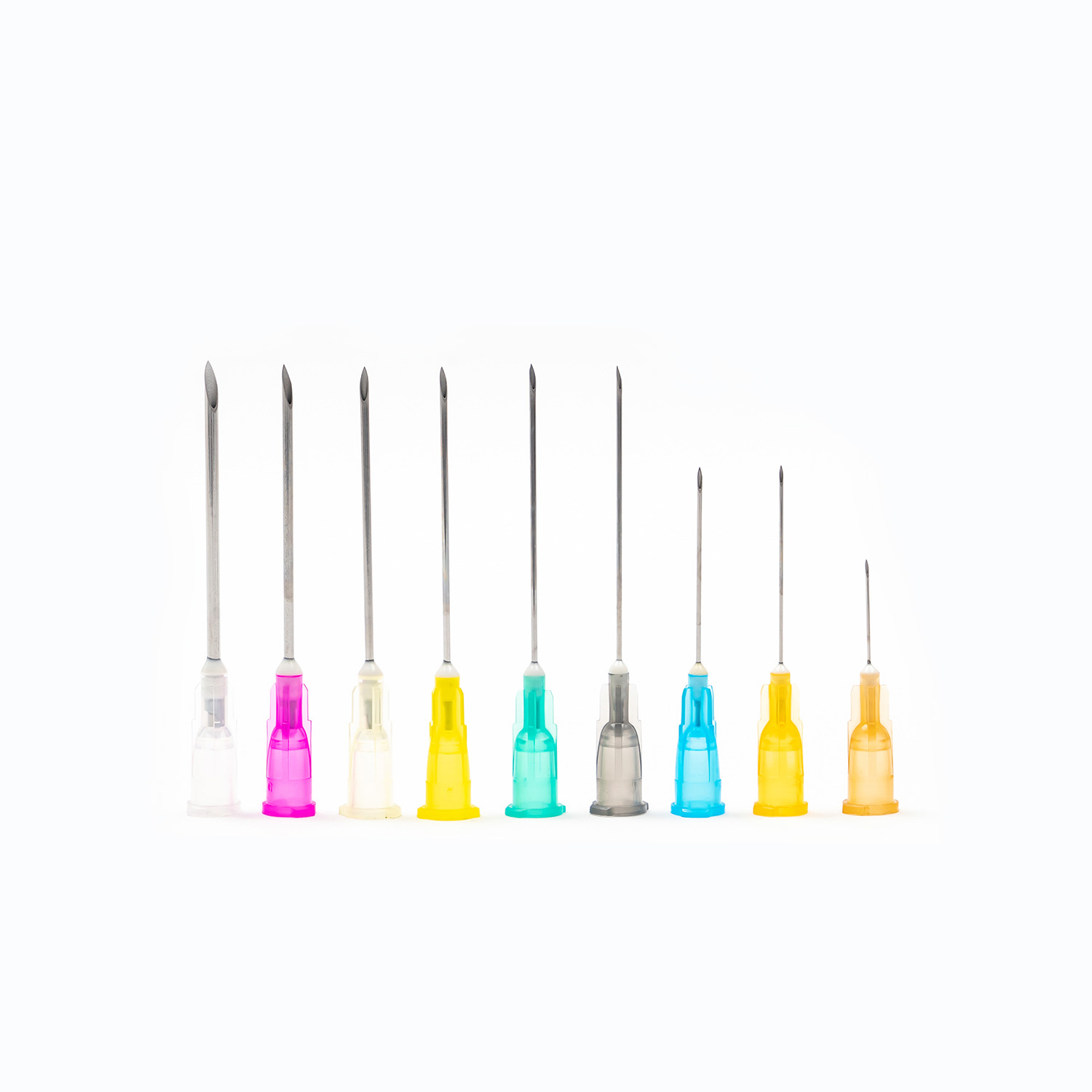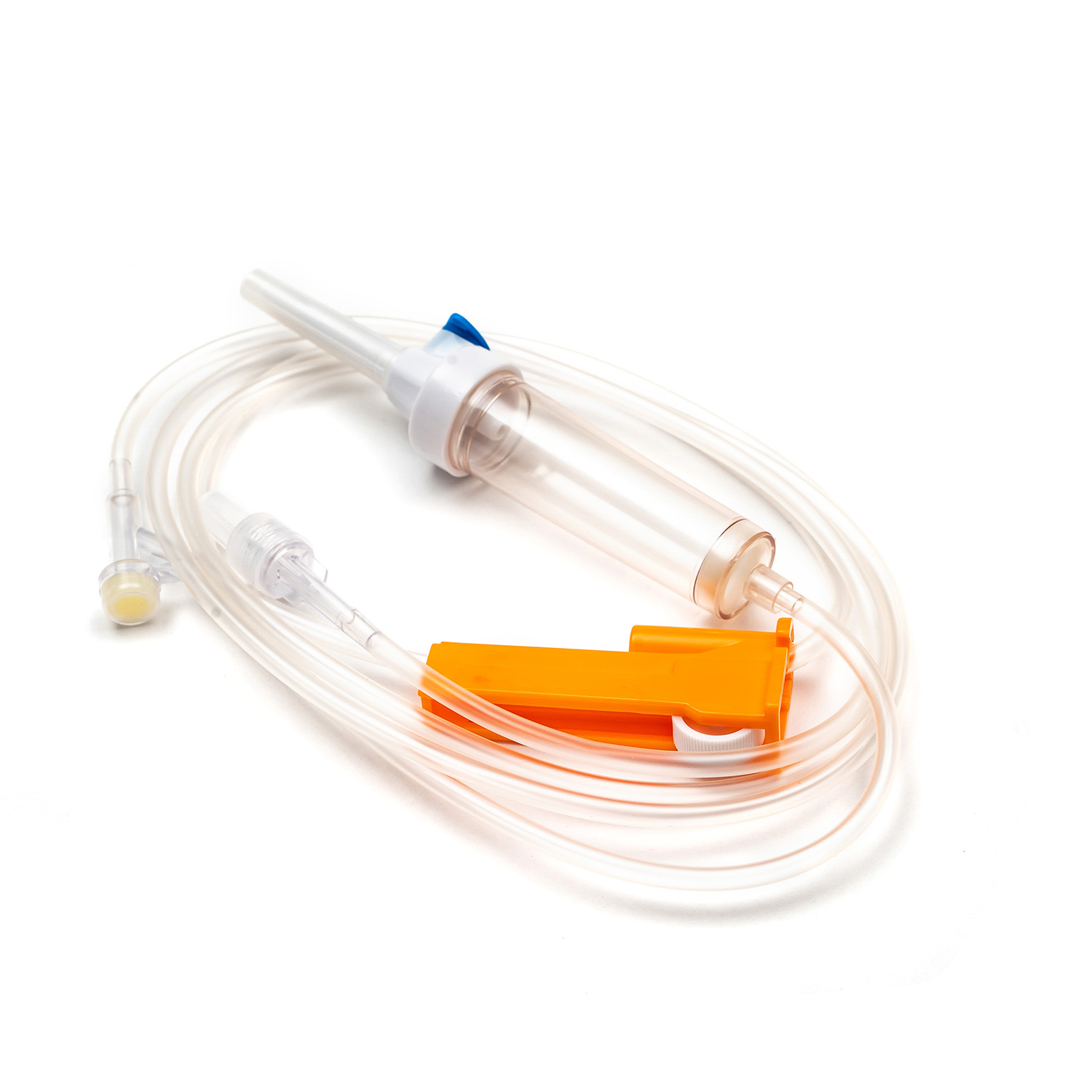Blood Transfusion Set: A Lifeline Bridge
Sep 08,2025
Part 1: What is a Blood Transfusion Set?
Introduction
In the tense moments of an emergency room, or during the critical, race-against-the-clock moments on an operating table, there is a seemingly insignificant piece of medical equipment that plays a crucial role in connecting life and death. It is the blood transfusion set. When life becomes fragile due to blood loss, the blood transfusion set acts like a precise pipeline, safely and steadily delivering precious blood to the patient, allowing life to continue. It is not only the culmination of medical technology but also a physical vehicle for the love and compassion of unsung heroes (blood donors, medical staff), an indispensable lifeline in modern medicine.
Definition and Basic Structure
A blood transfusion set, as its name suggests, is a specialized medical device used to infuse blood or blood products from a blood bag into a patient's vein. It is typically a sterile, single-use product composed of several key components, each performing a specific function to ensure the safety and efficiency of the transfusion process.
Main Components:
- Spike: Located at the top of the blood transfusion set, used to pierce the blood bag's transfusion port. Its design ensures a smooth puncture while minimizing damage to the blood bag.
- Tubing: A soft tube connecting the spike to the patient's infusion needle. It is usually made of medical-grade plastic, which is both flexible and biocompatible.
- Drip Chamber: A transparent chamber located in the upper part of the tubing. Its purpose is to allow blood to flow in visible drops, making it easy for medical staff to monitor and control the transfusion rate by counting drops per minute.
- Roller Clamp: A roller device on the tubing. Medical staff use it to precisely adjust the tightness of the tubing, thereby controlling the flow rate of the blood and ensuring that the transfusion volume and rate conform to the medical order.
- Filter: A fine mesh filter integrated inside the drip chamber. This is a core safety component of the blood transfusion set, as it effectively filters out tiny blood clots, cell fragments, or impurities, preventing them from entering the patient's body and causing a transfusion reaction or even a vascular blockage.
- Luer Lock Connector: Located at the end of the tubing, it is used to securely connect to the patient's IV needle or catheter, ensuring a leak-free transfusion process.
Part 2: The Evolution of the Blood Transfusion Set
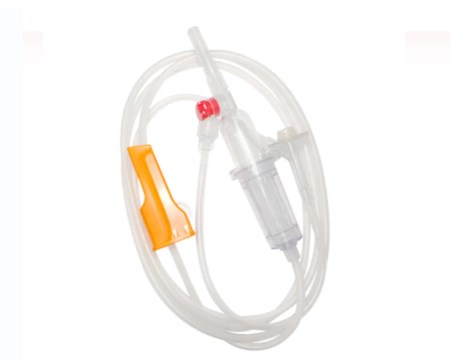
Early Exploration
Human exploration of blood transfusion can be traced back several centuries. Early attempts at transfusion were extremely dangerous, often involving the direct transfusion of animal blood to humans, which usually ended in disaster. As science progressed, doctors recognized the feasibility of human-to-human transfusion, but the tools were still very primitive. Initially, transfusions simply involved inserting a crude tube into the veins of both the donor and the recipient. This method made it difficult to control the flow rate and was highly prone to infection and coagulation, making it very risky. Although these early attempts often failed, they laid the foundation for future developments.
Technological Innovation
In the early 20th century, with the discovery of A, B, and O blood types and the emergence of cross-matching techniques, the safety of transfusion therapy significantly improved. However, the true turning point was the birth of the modern blood transfusion set.
- The Rise of Single-Use Plastics: The advent of the single-use plastic blood transfusion set in the mid-20th century completely changed the face of transfusion. Prior to this, transfusion equipment had to be repeatedly sterilized and cleaned, which was not only time-consuming and labor-intensive but also posed a risk of infection. The widespread use of single-use blood transfusion sets ensured that every transfusion was performed in a sterile environment, greatly reducing the risk of cross-contamination.
- Integrated Filters: To prevent tiny blood clots and impurities from entering the patient's body and causing an adverse transfusion reaction, a fine mesh filter was incorporated into the blood transfusion set. This innovation was a critical step in ensuring transfusion safety.
- Precise Flow Controllers: Early blood transfusion sets relied on simple clamps to control the flow rate, making precise adjustment difficult. Modern blood transfusion sets are equipped with a roller-style flow regulator, which allows doctors and nurses to precisely control the drops per minute, adjusting the transfusion rate according to the patient's specific condition to avoid risks associated with transfusing too quickly or too slowly.
These technological innovations transformed the blood transfusion set from a crude tool into a highly specialized, safe, and reliable medical device, making it an indispensable part of modern transfusion therapy.
Part 3: Principles of Transfusion and Blood Type Matching
Transfusion Principles
The working principle of a blood transfusion set may seem simple, but it is based on sophisticated physics and biology. From a physics perspective, the blood transfusion set utilizes the principle of gravity. When the blood bag is hung higher than the patient's vein, the blood naturally flows out due to gravity. The function of the roller clamp is to control the resistance to blood flow by changing the inner diameter of the tubing, thereby precisely controlling the transfusion rate.
From a biological perspective, the blood transfusion set ensures that the blood maintains its integrity during infusion. It must be made of non-toxic, non-pyrogenic (not causing fever) materials to prevent damage to the red blood cells, white blood cells, and platelets. At the same time, the inner walls of the blood transfusion set's tubing should be as smooth as possible to reduce turbulence and mechanical damage to blood cells.
Blood Type Matching: The First Line of Defense
Before undergoing transfusion therapy, the most crucial step is blood type matching. Human blood is divided into four basic types: A, B, O, and AB, with each type containing specific antigens and antibodies. If an incompatible blood type is transfused, the patient's antibodies will attack the foreign red blood cells, leading to a severe transfusion reaction and potentially life-threatening consequences.
Therefore, the blood transfusion set acts as the final physical line of defense throughout the transfusion process. Before transfusion, medical staff must perform a strict cross-matching test to ensure that the blood of the donor and recipient is fully compatible. The blood transfusion set ensures that the matched blood can be safely and without contamination delivered from the blood bag into the patient. Any negligence in this process can lead to fatal consequences, making the quality of the blood transfusion set and the standardization of its use of paramount importance.
Part 4: Detailed Transfusion Procedure
The use of a blood transfusion set is not a simple matter of connecting a blood bag to a patient; it is a rigorous medical procedure. Strictly following standardized transfusion steps is the key to ensuring the safety of transfusion therapy.
Pre-transfusion Preparation
Before beginning a transfusion, medical staff must perform a double-check to ensure nothing is overlooked.
- Verify Medical Order: Confirm that the patient requires a transfusion and understand the type, dose, and rate of the transfusion.
- Verify Patient Information: At the bedside, double-check the patient's name, age, medical record number, and other information to ensure it matches the medical order and blood bag information.
- Verify Blood Bag Information: Carefully inspect the label on the blood bag, including the blood type, Rh factor, blood bag number, collection date, and expiration date, to ensure they match the patient's information and that the blood bag appears normal (e.g., no clots, no discoloration).
- Inspect the Blood Transfusion Set: Check that the packaging of the blood transfusion set is intact, ensuring it is sterile and has not expired.
In-transfusion Operation
This phase is when the blood transfusion set performs its primary function.
- Connection: Aseptically insert the spike of the blood transfusion set into the blood bag's transfusion port.
- Air Purging: Before connecting to the patient, it is essential to open the roller clamp and completely purge all air from the blood transfusion set to prevent air embolism.
- Flow Rate Adjustment: After connecting the blood transfusion set to the patient's IV needle, use the roller clamp to precisely control the transfusion rate according to the medical order and the patient's condition. For instance, in emergency situations requiring a rapid transfusion, the rate can be increased; for elderly patients or those with heart failure, a slower infusion is necessary.
- In-transfusion Monitoring: Throughout the transfusion process, medical staff will closely monitor the patient's vital signs (e.g., blood pressure, heart rate, body temperature) and ask the patient about their feelings to detect any signs of a transfusion reaction early.
Post-transfusion Handling
Handling the blood transfusion set after the transfusion is also crucial.
- Removal: After the transfusion is complete, close the roller clamp and safely remove the blood transfusion set and IV needle.
- Medical Waste Disposal: The used blood transfusion set and blood bag are considered medical waste and must be sorted and disposed of according to strict regulations to prevent the spread of infection.
- Documentation: Detailed records of the transfusion's start and end times, the amount of blood transfused, and the patient's reactions during the transfusion are documented as part of the patient's medical record.
This series of rigorous transfusion steps ensures that the blood transfusion set functions at its maximum effectiveness in clinical practice while minimizing risks.
Part 5: Prevention and Management of Transfusion Reactions
Although modern blood transfusion sets and standardized transfusion steps have greatly enhanced safety, a transfusion reaction remains a significant risk in transfusion therapy. Understanding the types of these reactions and mastering effective prevention and management methods is critical to safeguarding a patient's life.
Common Transfusion Reactions
A transfusion reaction is any adverse response by the patient's body to the infused blood during or after a transfusion. They can be classified based on their severity and timing:
- Allergic Reaction: One of the most common mild reactions. Patients may develop rashes, itching, or hives, typically caused by an allergy to plasma proteins.
- Febrile Non-Hemolytic Transfusion Reaction: Characterized by an increase in body temperature, accompanied by chills and headaches. This is usually caused by cytokines produced by the donor's white blood cells and is not a serious problem but requires monitoring.
- Acute Hemolytic Reaction: This is the most severe and dangerous transfusion reaction. It is typically caused by transfusing the wrong blood type, where the patient's immune system attacks the infused red blood cells, leading to their destruction. Symptoms include severe back pain, chest tightness, difficulty breathing, and hemoglobinuria. If not treated promptly, it can lead to kidney failure or even death.
Risk Prevention and Emergency Management
Effective risk management relies on the meticulous observation and swift response of medical staff.
- Close Observation: Medical staff must closely monitor the patient at the bedside for the first 15 minutes of the transfusion, as most severe transfusion reactions occur during this period. They continuously monitor the patient's vital signs and ask the patient about any discomfort.
- Immediate Cessation of Transfusion: At the first sign of a transfusion reaction, regardless of its severity, the first step is to immediately close the roller clamp on the blood transfusion set and stop the transfusion.
- Activation of Emergency Protocols: Based on the severity of the reaction, medical staff will immediately activate the corresponding emergency protocols. This may include maintaining venous access, providing life support, collecting blood samples for further lab testing, and notifying the blood bank and attending physician.
By strictly following the transfusion steps and remaining highly vigilant for any transfusion reaction, the use of the blood transfusion set in a clinical setting can be both highly effective and safe.
Part 6: Special Population Transfusion Considerations

While the blood transfusion set is designed to accommodate most transfusion therapy scenarios, special considerations and customized solutions are needed when dealing with certain populations or conditions.
Pediatric Transfusion
Children, especially newborns and infants, have not yet fully developed their organs and circulatory systems. This requires much more precise control during their transfusion therapy.
- Micro-infusion: Pediatric transfusions often require extremely small volumes and very slow infusion rates. Therefore, pediatric-specific blood transfusion sets often have smaller drip chambers and more precise roller clamps to ensure that the drops per minute can be accurately controlled to single digits, preventing an overload on the heart from too rapid an infusion.
Autologous Transfusion
Autologous transfusion is a procedure where a patient stores their own blood before surgery to be transfused back into their body when needed. This method eliminates the risk of transfusion reactions and infectious diseases that can arise from allogeneic transfusions.
- Special Application: The blood transfusion set is used in this context to safely infuse the patient's own blood back into their body. While the procedure is similar to a regular transfusion, it places a strong emphasis on aseptic technique and strict adherence to blood storage conditions.
Component Transfusion
Modern transfusion therapy is no longer limited to whole blood transfusions; instead, it increasingly involves component transfusions, where only the specific blood component needed by the patient, such as red blood cells, platelets, or plasma, is infused.
- Application Differences: Different blood components have varying viscosities and characteristics. The design of the blood transfusion set must account for these differences. For example, platelet transfusions require specialized short tubing and a specific blood transfusion set to minimize platelet loss during the infusion and ensure their viability. Additionally, the filter on the blood transfusion set is optimized for different components to ensure the safety of the infusion.
Part 7: Future Outlook for the Blood Transfusion Set
With the rapid development of medical technology, the blood transfusion set is also continuously evolving. Future developments will primarily focus on enhancing the precision, safety, and convenience of transfusions.
Smart Transfusion
Future blood transfusion sets may become "smarter."
- Integrated Sensors: Future blood transfusion sets may integrate micro-sensors that can monitor blood flow rate, temperature, and even composition in real time. This data can be transmitted to a transfusion pump or a medical staff's monitoring device to enable more precise flow control.
- Smart Transfusion Pumps: Smart transfusion pumps, used in conjunction with a blood transfusion set, can automatically adjust the infusion rate according to the medical order and can sound an alarm and stop the infusion if any abnormalities (such as tubing blockage or air bubbles) occur. This can significantly reduce the risk of a transfusion reaction, especially during nighttime or when staffing is low.
New Materials and Processes
Advances in material science will also profoundly impact the future of the blood transfusion set.
- Biocompatible Materials: Researchers are developing more biocompatible materials to reduce mechanical damage to blood cells and immune stimulation in patients.
- Biodegradable Materials: In the future, some components of the blood transfusion set may be made from biodegradable materials, which will reduce the environmental impact of medical waste.
These technological innovations will transform the blood transfusion set from a simple infusion tool into a high-tech device that integrates monitoring, control, and safety features, providing more robust support for future transfusion therapy.
Part 8: Frequently Asked Questions (FAQ)
During routine transfusion therapy, both patients and medical staff may have questions. Here are some common questions and answers about the blood transfusion set.
Q1: Why is a filter necessary when using a blood transfusion set?
A1: The filter on the blood transfusion set is one of its most important safety components. Even healthy blood can generate tiny clots or cell fragments during collection and storage. The filter's purpose is to remove these impurities, preventing them from entering the patient's bloodstream, which could lead to an adverse transfusion reaction or even a pulmonary microvascular blockage.
Q2: How is the transfusion rate controlled?
A2: The transfusion rate is controlled by the roller clamp on the blood transfusion set. Medical staff use the roller to precisely adjust the drops per minute according to the patient's age, weight, condition, and the medical order. In an emergency, the rate will be faster; in certain cases (such as for the elderly or patients with poor heart function), the rate must be very slow to prevent an overload on the heart.
Q3: Can a blood transfusion set be reused?
A3: Absolutely not. The blood transfusion set is a strictly single-use medical device. Reusing it poses a severe risk of infection because sterility cannot be guaranteed. Furthermore, reusing it can cause the filter on the blood transfusion set to become clogged, affecting the transfusion's effectiveness and potentially causing a serious transfusion reaction.
Q4: Why is it necessary to verify patient and blood bag information before a transfusion?
A4: This is the most crucial step in ensuring transfusion safety. The verification process is the final line of defense to ensure that the patient's identity matches the information on the blood bag, preventing an acute hemolytic reaction caused by transfusing the wrong blood type. While this reaction is rare, its consequences are fatal, so strict verification procedures are a non-negotiable red line.
Part 9: Ethics and Social Responsibility of the Blood Transfusion Set
As a medical device, the production, use, and management of the blood transfusion set involve complex ethical and social responsibilities.
Quality Standards and Regulations
To ensure patient safety, countries worldwide have established strict quality standards and regulations for the production of blood transfusion sets. Every step, from the selection of raw materials and the sterility of the production environment to the final product's sterilization and packaging, is subject to strict supervision. This ensures that every blood transfusion set is safe and reliable for use in transfusion therapy.
Social Responsibility
Medical device manufacturers have the responsibility to produce high-quality, safe, and reliable products; healthcare institutions have the responsibility to establish strict transfusion steps and quality control systems; and medical staff have the responsibility to strictly follow these protocols in every step of the operation. This multi-party collaboration forms a social responsibility network that ensures the safety of transfusion therapy and transmits the hope of life.
Conclusion
The blood transfusion set is more than just a tool; it is a vital link connecting the kindness of blood donors to the lives of recipients. Every safe use of this device reflects the progress of modern medicine and the collective reverence for life in society.



 English
English Français
Français русский
русский Español
Español
